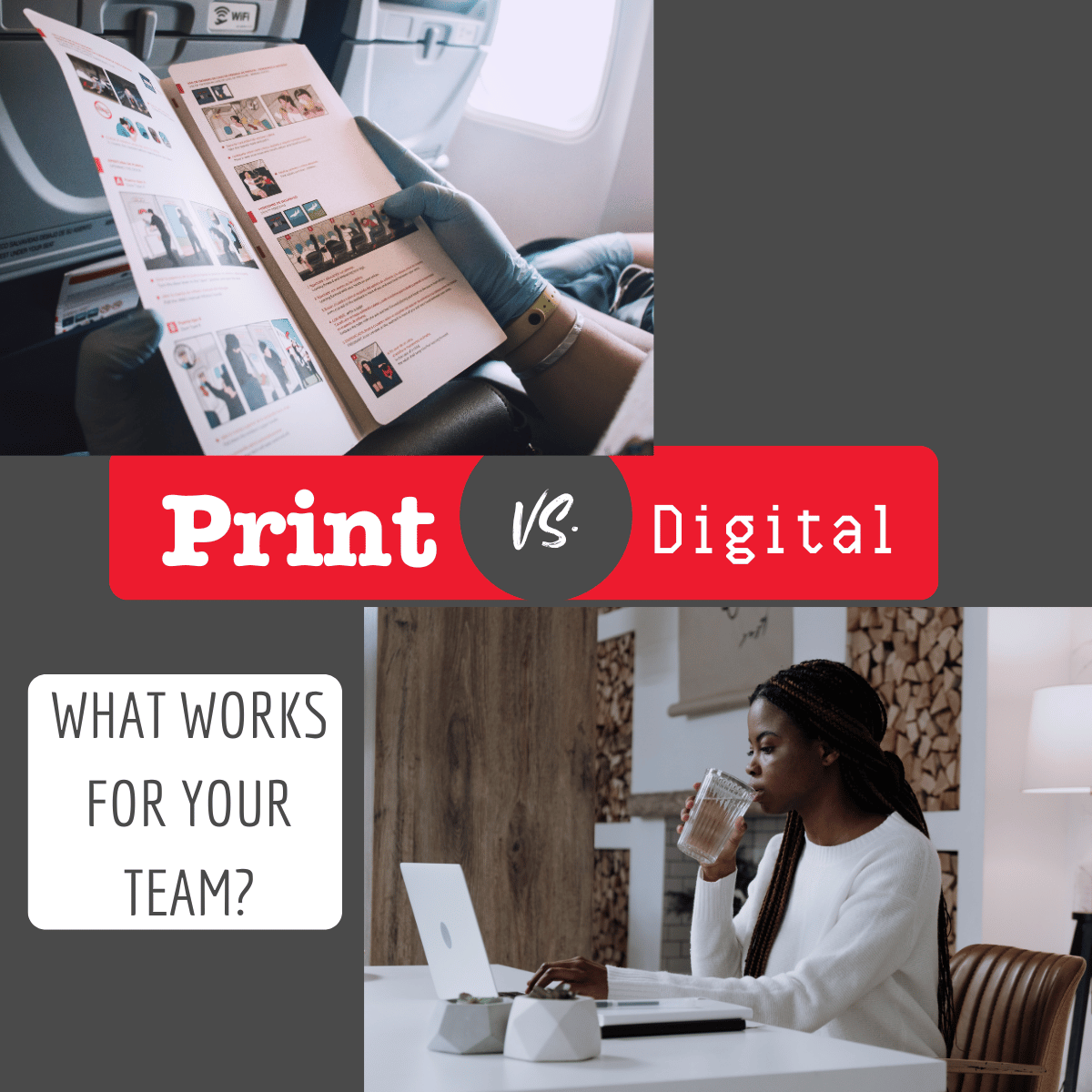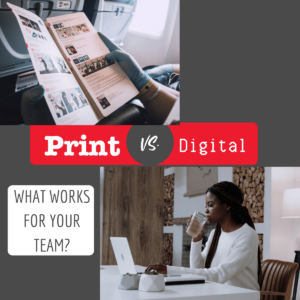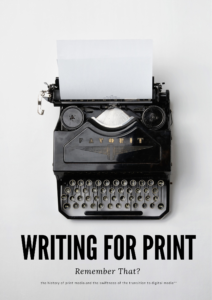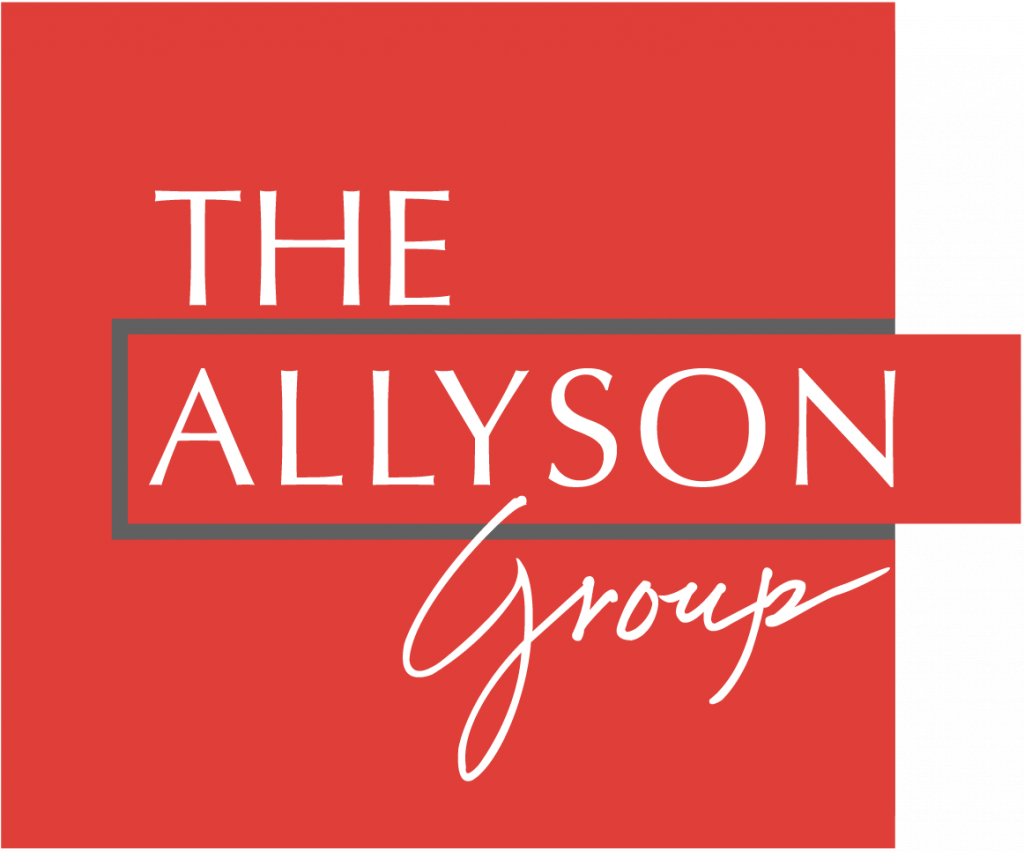Is creating print materials for your team members still a good thing, despite the modern ways businesses now routinely manage internal communications?
Print materials were the standard in employee communications for a very long time. Manuals. Pamphlets. Benefits packages. Annual reports. But at the rate technology is advancing, does printing these things still make sense? Is there still a compelling reason to deliver some business information in print?
In this article, we explore this question and map out our thoughts for A+ level employee communication year-round.
Table of Contents:
- What is Employee Communications?
- Are Print Materials Still Valuable For Employees?
- A Roadmap for A+ Employee Communications
- Specific Tools For Modernizing Employee Engagement
- Our Final Word on Employee Communications
What is Employee Communications?
Employee communication is the term of art for transferring information across your teams – and there are many potential channels for the transfer.
Additionally, today a team might be a mix of direct hires and contractors, working across multiple time zones. Yet all businesses and organizations have a critical need to communicate effectively with the people who deliver their products and services.
The real measure is how well it’s done. Do your employees know what’s going on inside the company? Do they have all the information they need to be effective and grow in their jobs?
You can think of effective employee communication in terms of the following pillars:
- Clarity of information
- Listening
- Speed of delivery
- Speed of implementation
With these 4 pillars handled, you can be confident that your organization is communicating productively with its internal audiences.
There are major reasons why a system for internal communication makes management’s job easier.
The best case for employee communication’s importance shows itself in increased productivity.
Findings show that 70% of the workforce would be more productive if they received more effective communication in the workplace. And about 50% of employees say that poor communication adversely affects their job satisfaction.
The best gains in productivity come from boosts in employee satisfaction and will be felt throughout the culture of the organization. Retention rates should improve. Good people will stick around.
Are Print Materials Still Valuable for Employee Communication?
Yes. Printing some informational materials for employees, like training handbooks, bulletins, SOPs, and paper reports still has immense value.
It is true that in today’s age, phone and computer technology have taken the lead as primary ways companies communicate information about their employment to individuals on their teams. Many companies have turned to communication tools like Slack, Zoom, Notion, and Asana to give employees critical information about the company and the specifics of their employment. Larger companies may build their own intranets to house proprietary company information and communicate selectively to employees and contractors. Almost everyone in the workforce is by now comfortable using these technologies (It’s said that 60% of employees use apps for work-related activities).
But does this mean it’s time to throw your printed materials in the trash?
Not exactly.
The value in print materials for internal company communication can be considered – and measured – in several important ways:
- Simple accessibility – (Portability. No need to remember passwords, or dig through folders. No internet access is needed.)
- Easier knowledge retention – (Studies have shown that people retain more information they get from printed materials than from digital media)
- Breaks from screen time – (Print materials give workers a break from screen time and reduce their digital fatigue. Yet they can focus on tangible materials that still keep them productive.)
- Easier to share – (Human-to-human handoffs are opportunities to communicate with people who have different learning styles.
- Evergreen – (A company’s remaining print assets are the old-school version of “evergreen” content – key company information that rarely changes.)
- Internal branding – (In companies that still print their Company Handbook, this guidebook is an important reference source for team members, from their hire forward. Additionally, some employee handbooks are heavily branded and are awarded to new employees as part of their onboarding package – when they are indoctrinated into the organization.)
Clearly, print materials still hold value for internal communication.
So when deciding whether to communicate with your teams in print or digital media, we’d say….DO BOTH.
Digital communications add speed and efficiency to your workflows, and they tend to be easy to edit and update.
However, print assets can fill in the gaps, offer more branding opportunities, and serve important segments of your audiences.
(If your team operates entirely remotely, going all-digital may make the most sense. But even then, a company-branded package in the mail still makes an impression today. This can feel like a personal touch and boost the connection between the company and remote employees.)
A Roadmap for A+ Employee Communications
Effective employee communication is vital to building trust, driving engagement, and achieving organizational goals. A well-designed roadmap provides the structure needed to ensure messages are clear, timely, and impactful. Print vs. digital? Those are just tactics (and the answer is “Both!”). Which tactics you employ depends on who the communication is meant for (employees? shareholders?) and what you need them to know and do.
Are you orienting a new team member, aligning teams on a new strategy, boosting morale, or sharing updates? The messaging will be based on their roles, preferences, and needs. How you deliver that information is your choice – and your judtement about what will be most effective.
Repetition through multiple channels—emails, meetings, and visual dashboards—is always good. Repetition reinforces key points.
Today, successful businesses rely on two-way communication with their teams – encouraging feedback and creating platforms where employees feel heard.
Leverage technology to streamline delivery and personalize messages and evaluate the impact of your various strategies with metrics like engagement rates or knowledge retention.
An effective roadmap doesn’t just disseminate information—it creates connection. Which tactic will be best for creating connections with your teams?
- Company Mission, Vision, and Values – Print brochures, employee handbooks. Digital newsletters, branded website, social media output
- Employee Policies & Expectations – Print or digital job descriptions, employee handbooks, welcome kits, meeting agendas
- Founder/Manager Feedback – Online private communications channels: Zoom, Slack, intranet. Paper performance reports, evaluation forms
- Team Collaboration – Digital CRM, project management tools, Slack
- Training – Paper SOPs, employee handbooks, quick reference guides/cheatsheets, step-by-step checklists, achievement certificates. Online training videos, SOPs, technical support, infographics.
- Company News and Updates – Digital newsletters, social media pages, case studies
- Project Updates – Online meeting platforms (Zoom), project management tools, team communication apps, milestone graphs, status reports, log forms
Specific Tools For Modernizing Employee Engagement
Let’s talk about some useful tools for building effective print and digital assets.
- Print technology – Printers, print offices (UPS store/Fedex)
- Design software (for materials to be printed later) – Canva, Adobe creative tools
- Infographics – Canva, Piktochart
- Informational booklets – Canva, Adobe InDesign
Digital
- Digital Communication – Slack, Zoom, Microsoft Teams
- Powerpoints – Visme, Google Slides, Microsoft PowerPoint
- Project management tools – Monday.com, Trello, Asana
- FlowCharts – Lucidchart, Miro
- CRMs – Hubspot, Pipedrive, ZoHo CRM,
- Employee feedback – Typeform, Jotform, Survey Monkey
Time to Retire Print? Not Yet!
Employee communication is a critical step in an effective organization. The process requires participants to showcase clarity of Information, listening, speed of delivering a message, and speed of implementation.
Print materials for employee communications have been valuable for decades, and it’s not quite time to scrap them. A blend of print AND digital assets will support your organization’s efficiency, different audiences’ needs, team members’ differing learning styles, and different company and departmental budgets.
What’s the best mix for your organization?
This is where The Allyson Group comes in. We can help you audit your communications tools and assess what’s working and what may be obsolete. We can help you analyze what’s cost-effective and what may be an unnecessary expenditure. Essentially, what do your people actually value and use – and what do they ignore? We’re a team of message strategists and content marketers who can help you evaluate your internal communications content mix.
Want to know more about how we can assist your in-house comms team? Schedule a call to talk to us today.

